*NURSING > QUESTIONS & ANSWERS > Test Bank Inflammatory and Infectious Disorders of the Ear 100% Correct Answers, Download to Score A (All)
Test Bank Inflammatory and Infectious Disorders of the Ear 100% Correct Answers, Download to Score A
Document Content and Description Below
Chapter 15: Ears Jarvis: Physical Examination & Health Assessment, 7th Edition MULTIPLE CHOICE 1. The nurse needs to pull the portion of the ear that consists of movable cartilage and skin down an... d back when administering eardrops. This portion of the ear is called the: a. Auricle. b. Concha. c. Outer meatus. d. Mastoid process. ANS: A The external ear is called the auricle or pinna and consists of movable cartilage and skin. DIF: Cognitive Level: Remembering (Knowledge) REF: p. 325 MSC: Client Needs: Physiologic Integrity: Physiologic Adaptation 2. The nurse is examining a patient’s ears and notices cerumen in the external canal. Which of these statements about cerumen is correct? a. Sticky honey-colored cerumen is a sign of infection. b. The presence of cerumen is indicative of poor hygiene. c. The purpose of cerumen is to protect and lubricate the ear. d. Cerumen is necessary for transmitting sound through the auditory canal. ANS: C The ear is lined with glands that secrete cerumen, which is a yellow waxy material that lubricates and protects the ear. DIF: Cognitive Level: Remembering (Knowledge) REF: p. 325 MSC: Client Needs: Physiologic Integrity: Physiologic Adaptation 3. When examining the ear with an otoscope, the nurse notes that the tympanic membrane should appear: a. Light pink with a slight bulge. b. Pearly gray and slightly concave. c. Pulled in at the base of the cone of light. d. Whitish with a small fleck of light in the superior portion. ANS: B The tympanic membrane is a translucent membrane with a pearly gray color and a prominent cone of light in the anteroinferior quadrant, which is the reflection of the otoscope light. The tympanic membrane is oval and slightly concave, pulled in at its center by the malleus, which is one of the middle ear ossicles. DIF: Cognitive Level: Remembering (Knowledge) REF: p. 334 MSC: Client Needs: Physiologic Integrity: Physiologic Adaptation 4. The nurse is reviewing the structures of the ear. Which of these statements concerning the eustachian tube is true? a. The eustachian tube is responsible for the production of cerumen. b. It remains open except when swallowing or yawning. c. The eustachian tube allows passage of air between the middle and outer ear. d. It helps equalize air pressure on both sides of the tympanic membrane. ANS: D The eustachian tube allows an equalization of air pressure on each side of the tympanic membrane so that the membrane does not rupture during, for example, altitude changes in an airplane. The tube is normally closed, but it opens with swallowing or yawning. DIF: Cognitive Level: Remembering (Knowledge) REF: p. 326 MSC: Client Needs: Physiologic Integrity: Physiologic Adaptation 5. A patient with a middle ear infection asks the nurse, “What does the middle ear do?” The nurse responds by telling the patient that the middle ear functions to: a. Maintain balance. b. Interpret sounds as they enter the ear. c. Conduct vibrations of sounds to the inner ear. d. Increase amplitude of sound for the inner ear to function. ANS: C Among its other functions, the middle ear conducts sound vibrations from the outer ear to the central hearing apparatus in the inner ear. The other responses are not functions of the middle ear. DIF: Cognitive Level: Understanding (Comprehension) REF: p. 326 MSC: Client Needs: Physiologic Integrity: Physiologic Adaptation 6. The nurse is reviewing the function of the cranial nerves (CNs). Which CN is responsible for conducting nerve impulses to the brain from the organ of Corti? a. I b. III c. VIII d. XI ANS: C The nerve impulses are conducted by the auditory portion of CN VIII to the brain. DIF: Cognitive Level: Remembering (Knowledge) REF: p. 327 MSC: Client Needs: Physiologic Integrity: Physiologic Adaptation 7. The nurse is assessing a patient who may have hearing loss. Which of these statements is true concerning air conduction? a. Air conduction is the normal pathway for hearing. b. Vibrations of the bones in the skull cause air conduction. c. Amplitude of sound determines the pitch that is heard. d. Loss of air conduction is called a conductive hearing loss. [Show More]
Last updated: 1 year ago
Preview 1 out of 13 pages

Reviews( 0 )
Document information
Connected school, study & course
About the document
Uploaded On
Dec 29, 2021
Number of pages
13
Written in
Additional information
This document has been written for:
Uploaded
Dec 29, 2021
Downloads
0
Views
80

.png)
.png)
.png)
.png)
.png)
.png)
.png)
.png)
.png)
.png)
.png)

.png)
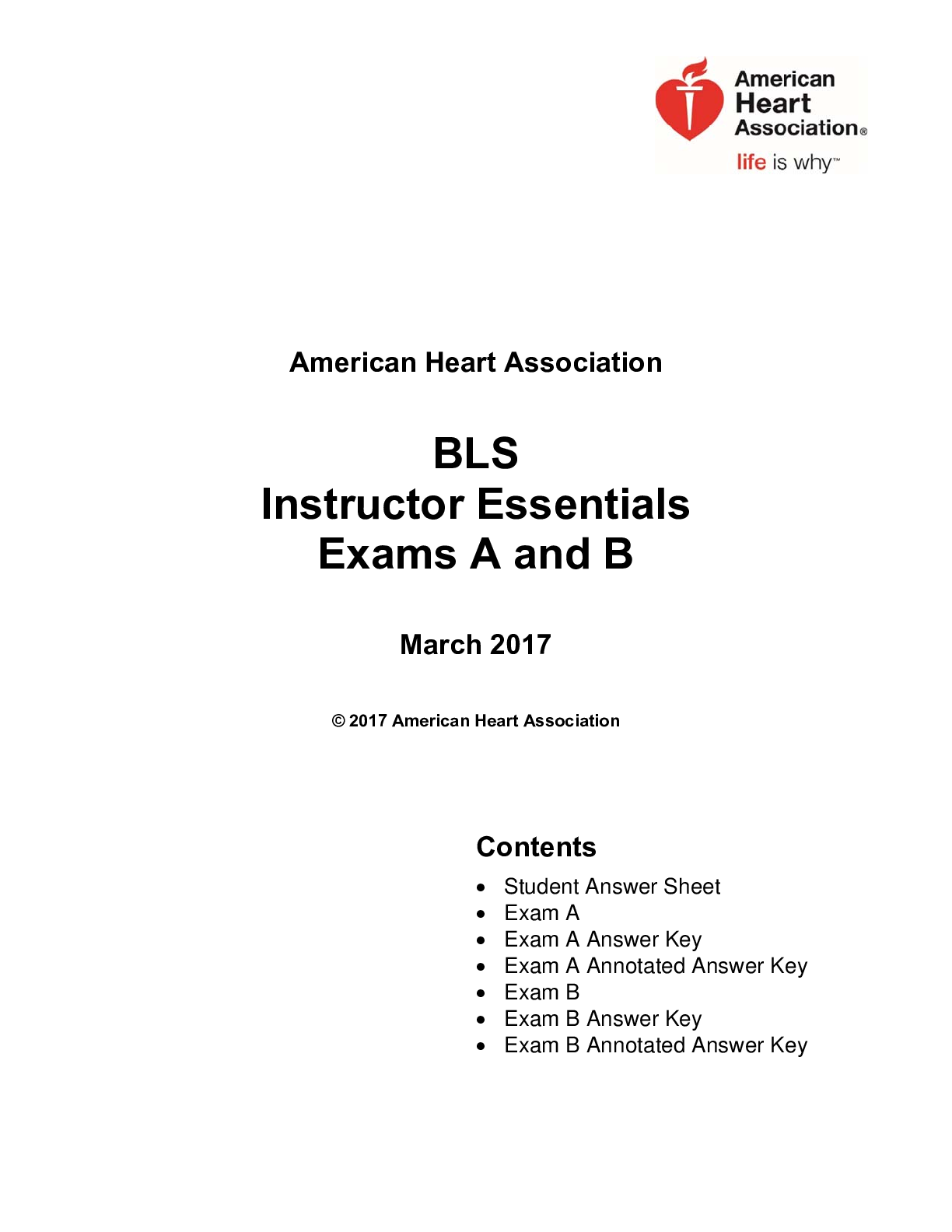
.png)
.png)
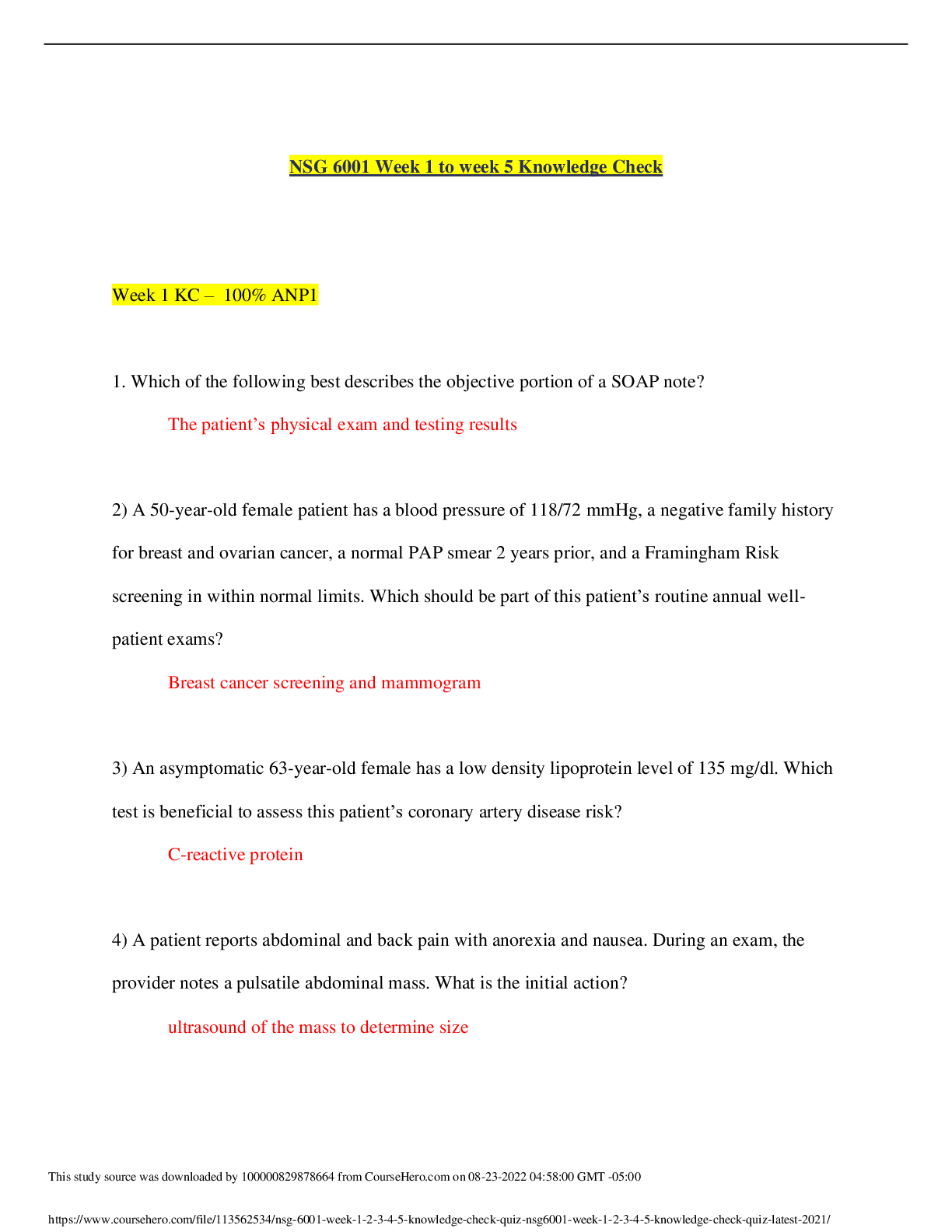

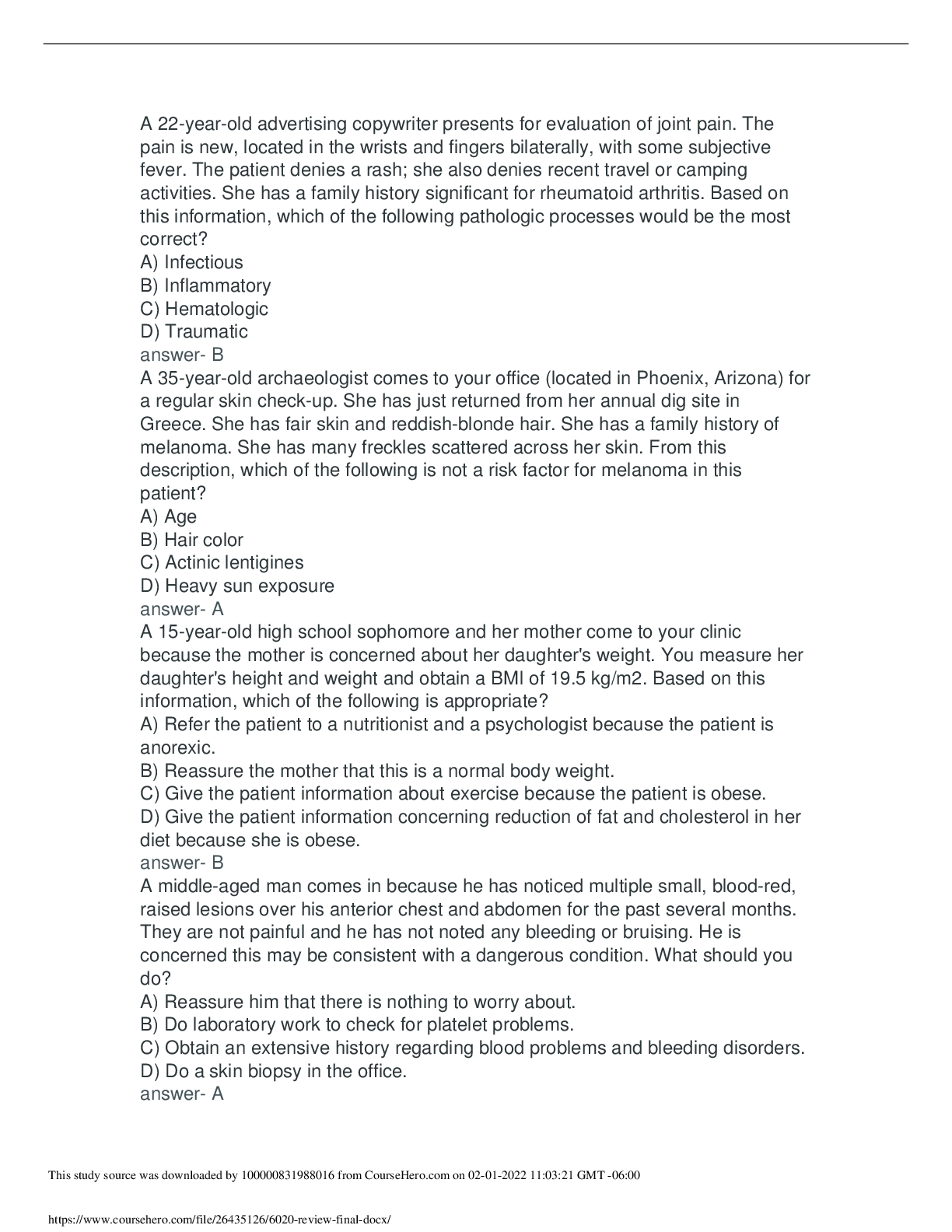
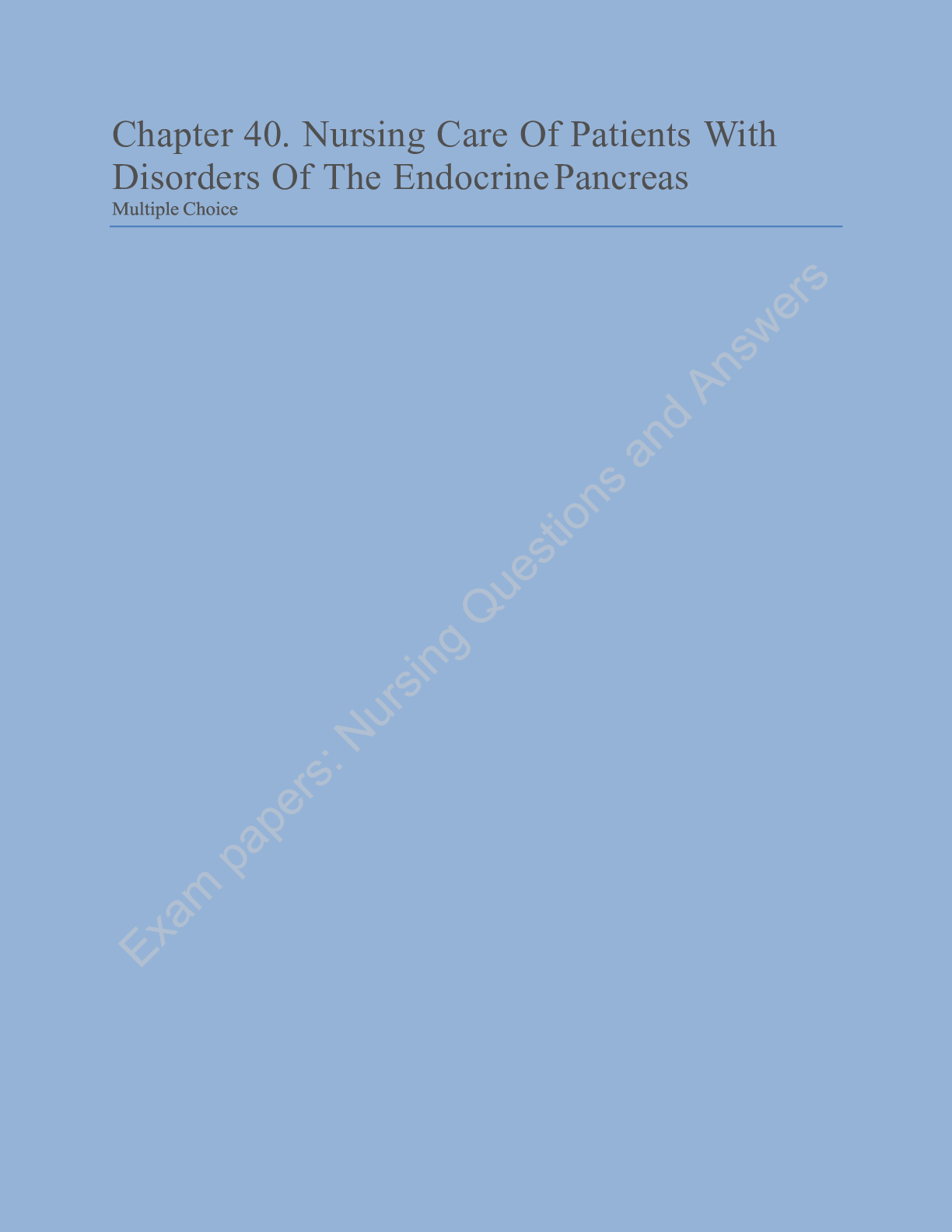
 (LATEST-2021) CORRECT ANSWERS, DOWNLOAD TO SCORE A.png)
 All Correct Answers, Download to Score A.png)
 (LATEST-2021) CORRECT ANSWERS, DOWNLOAD TO SCORE A.png)


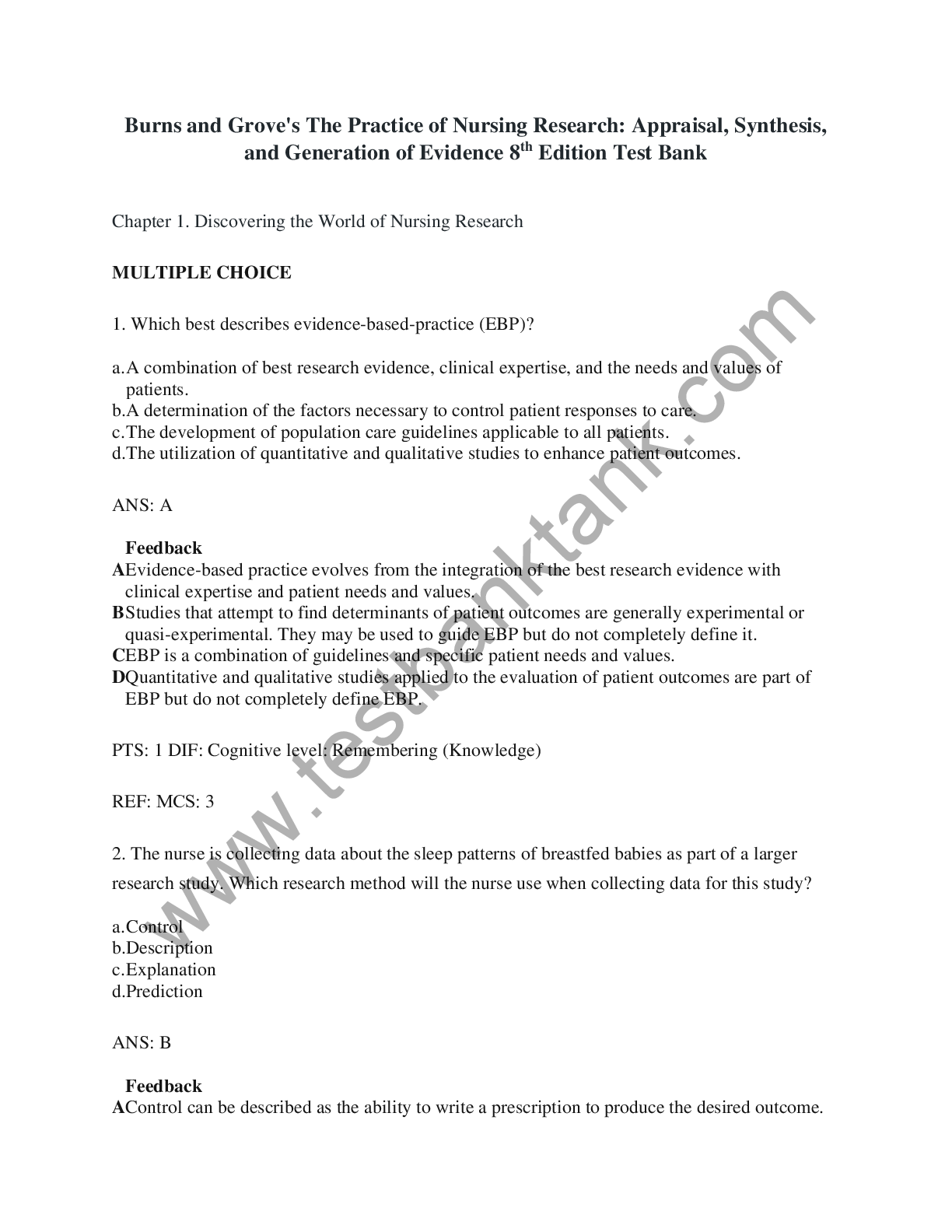

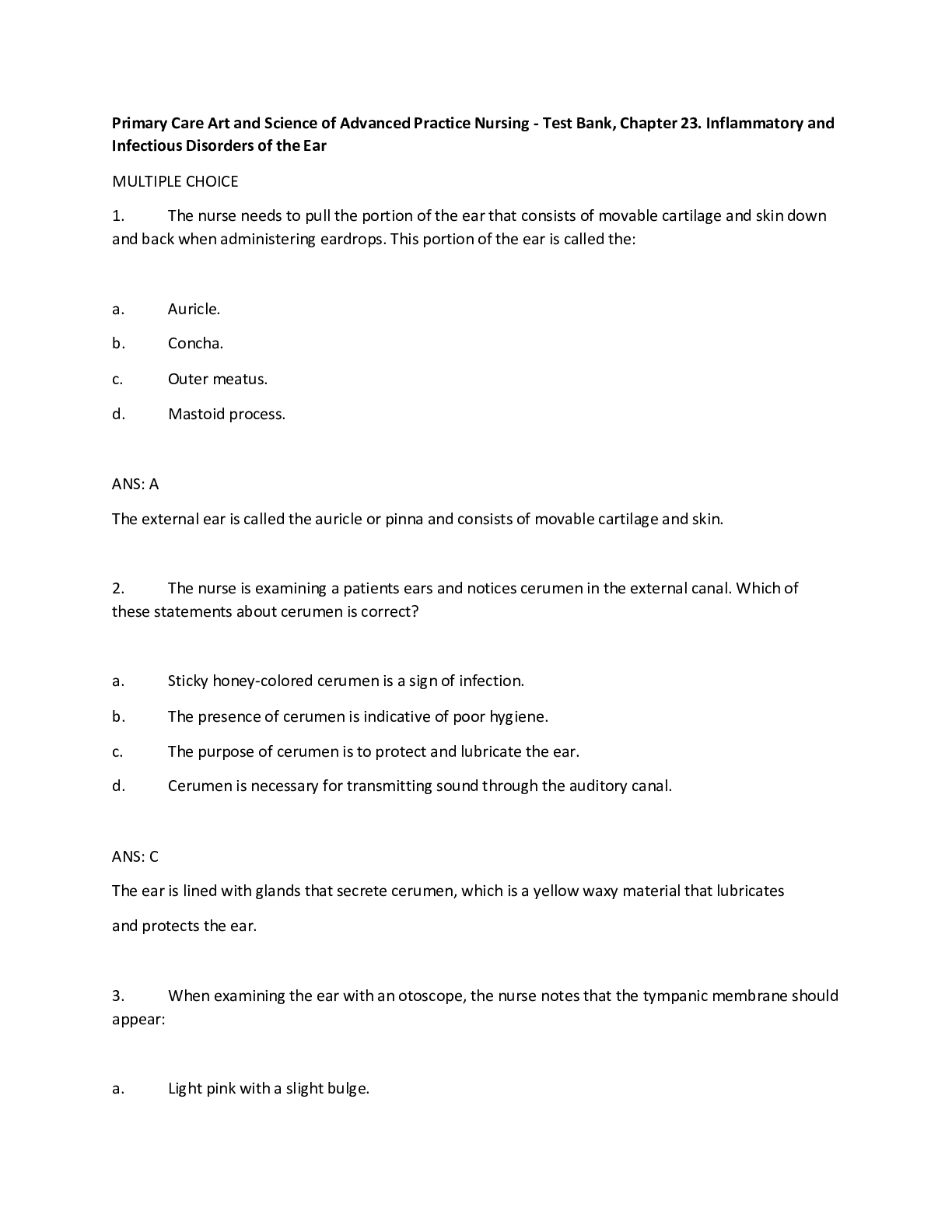

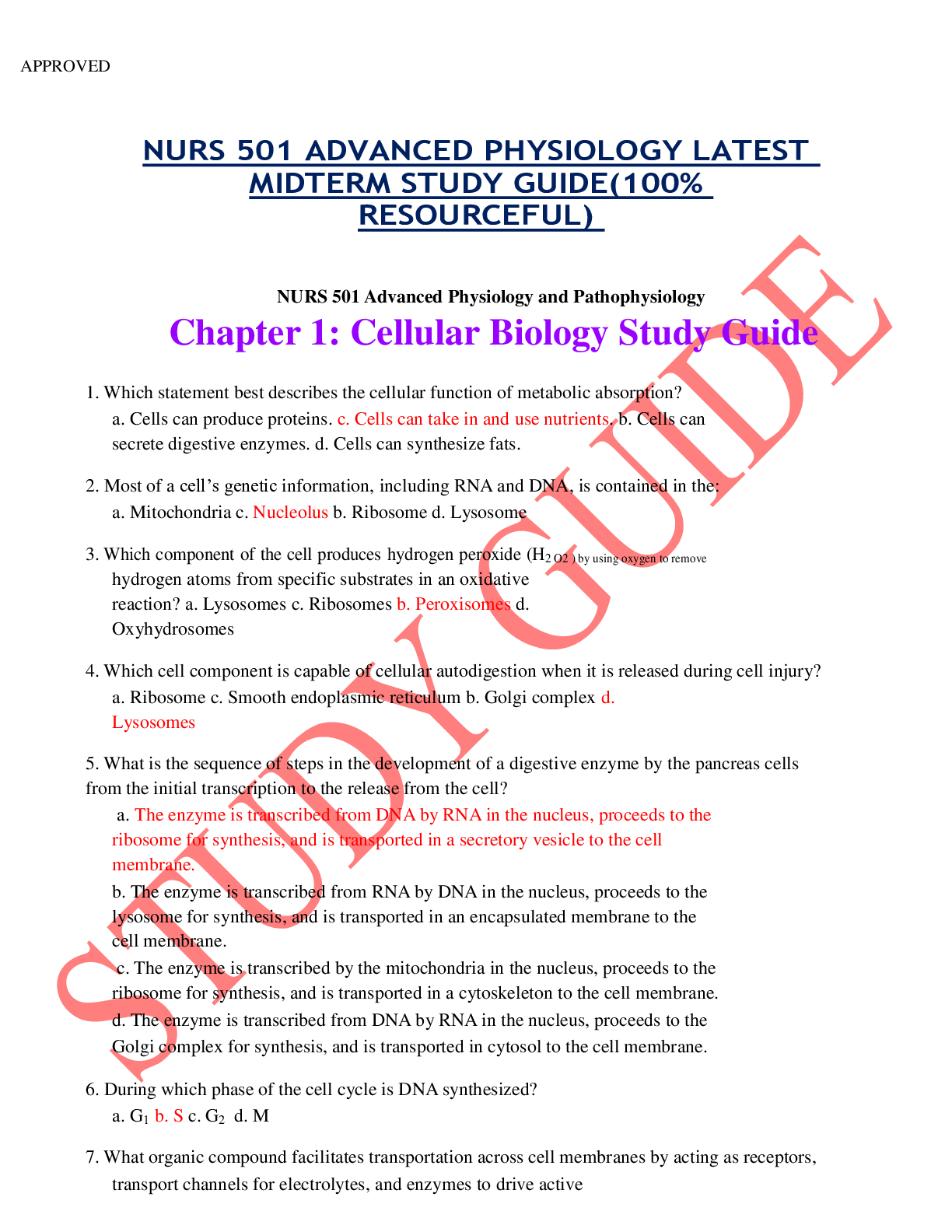
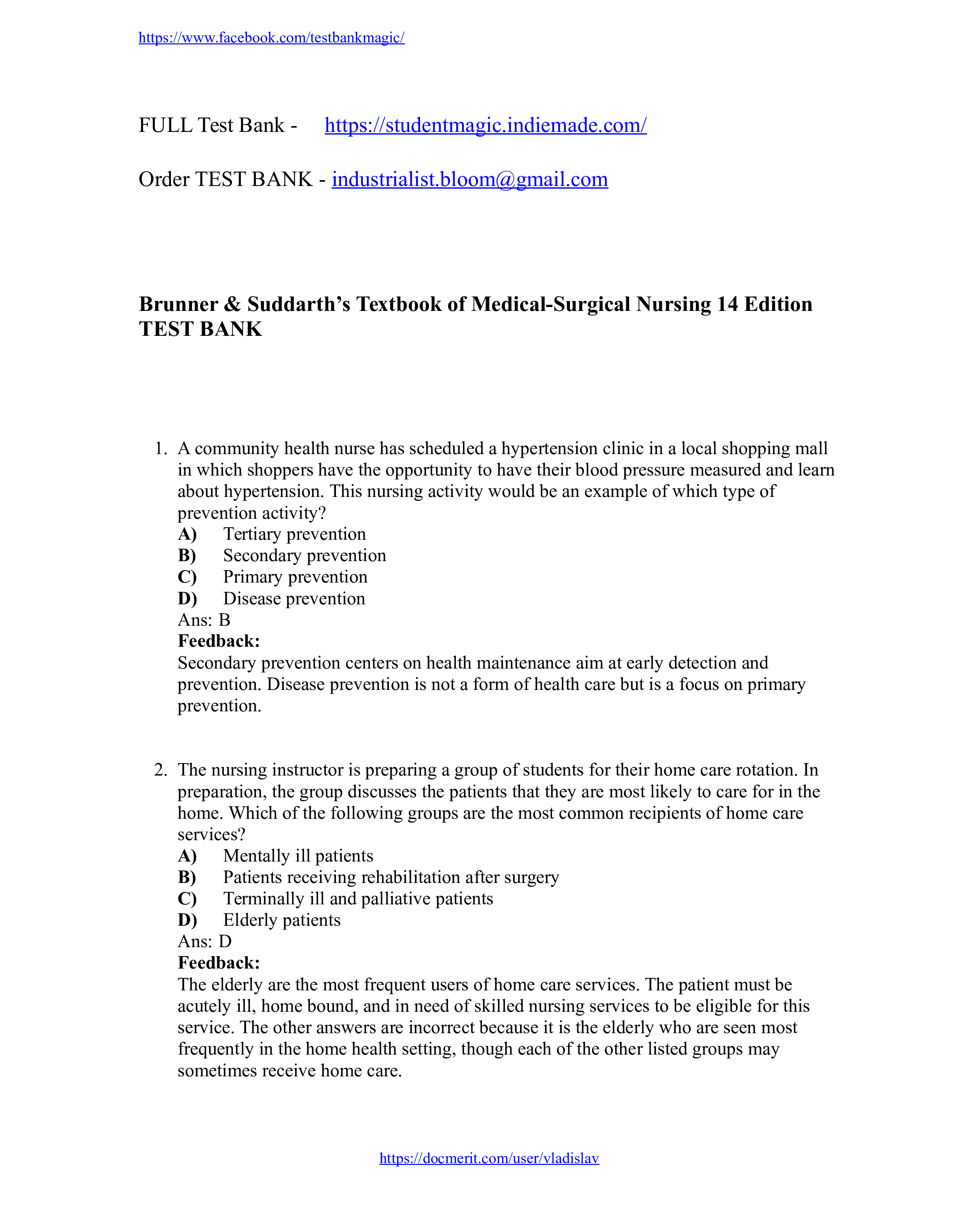
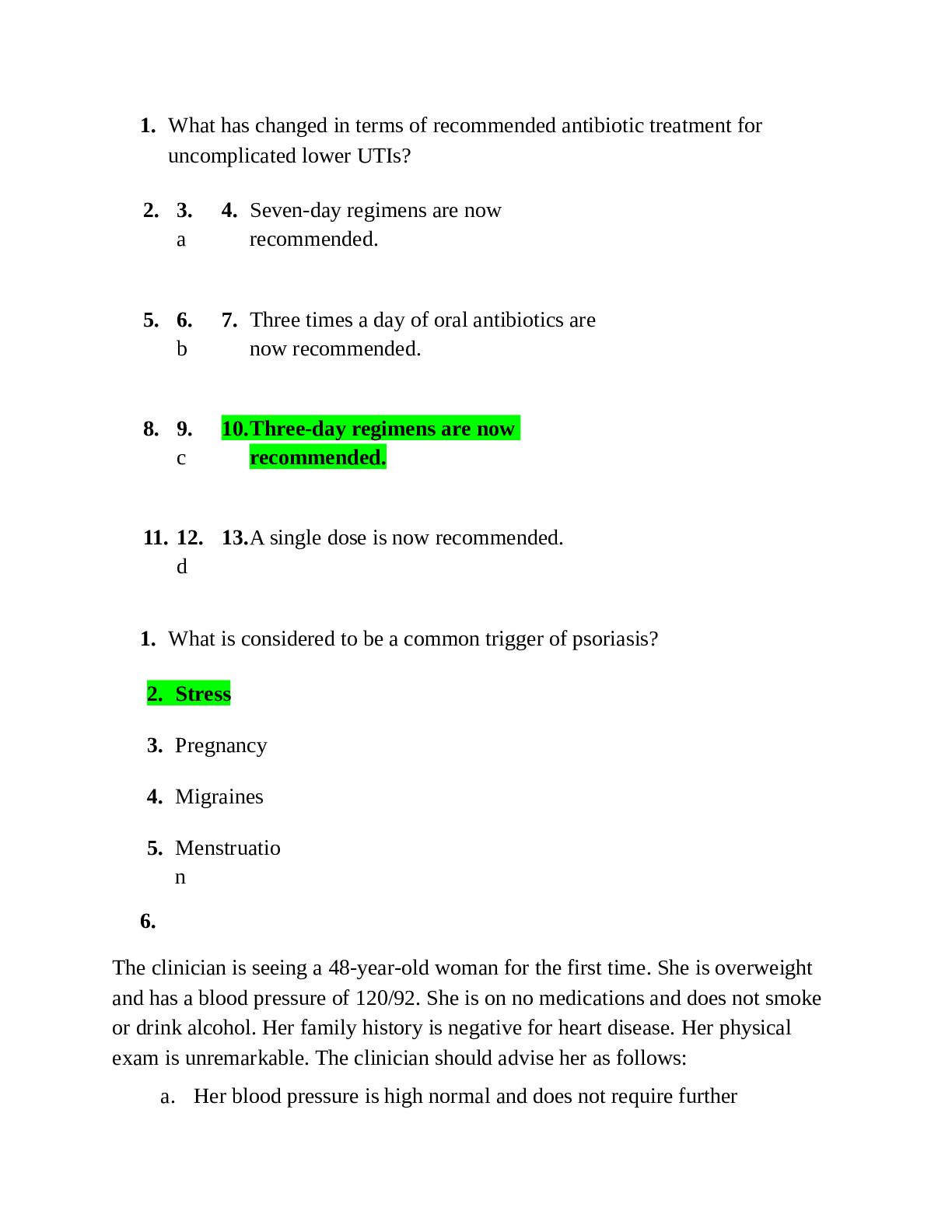
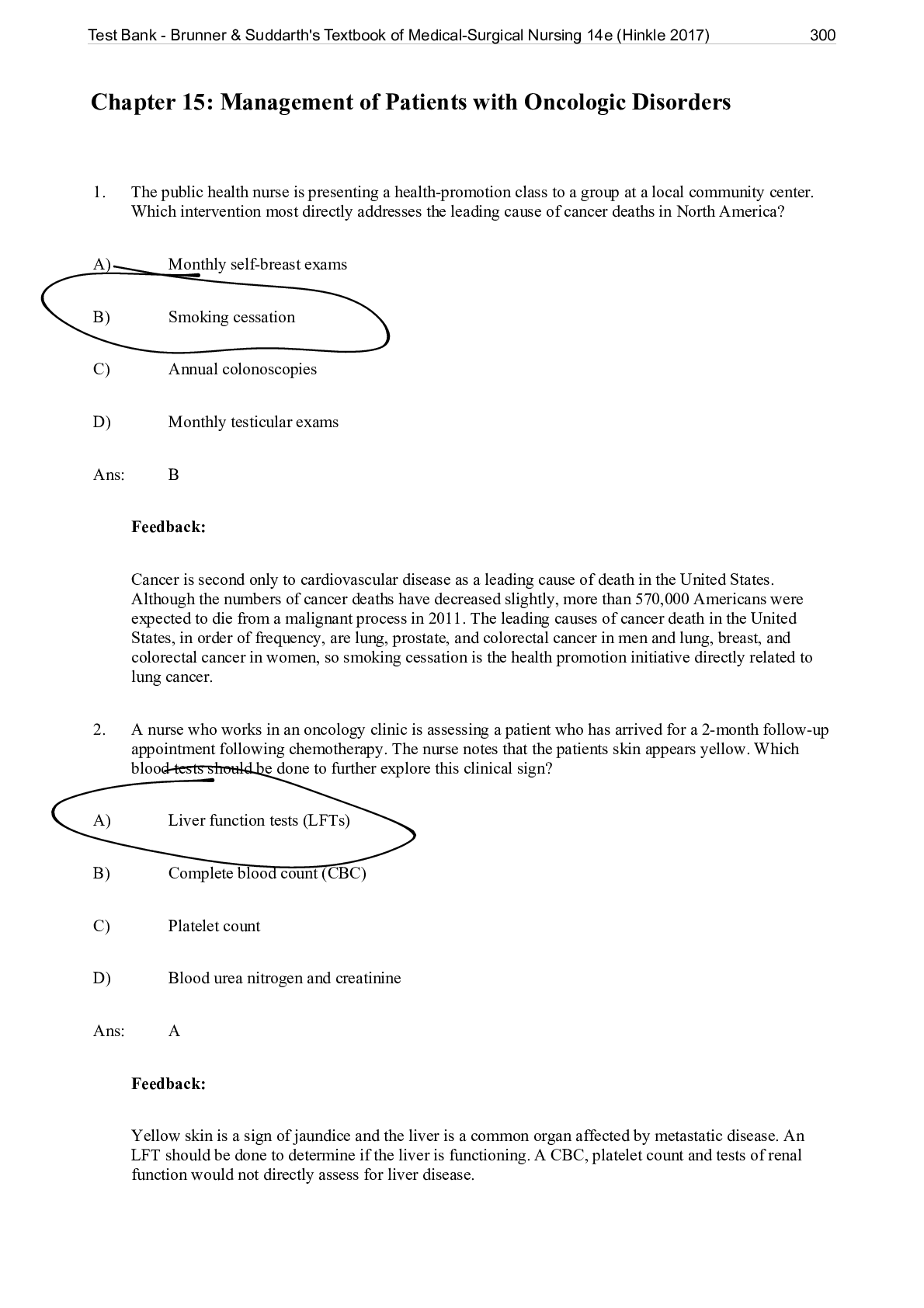
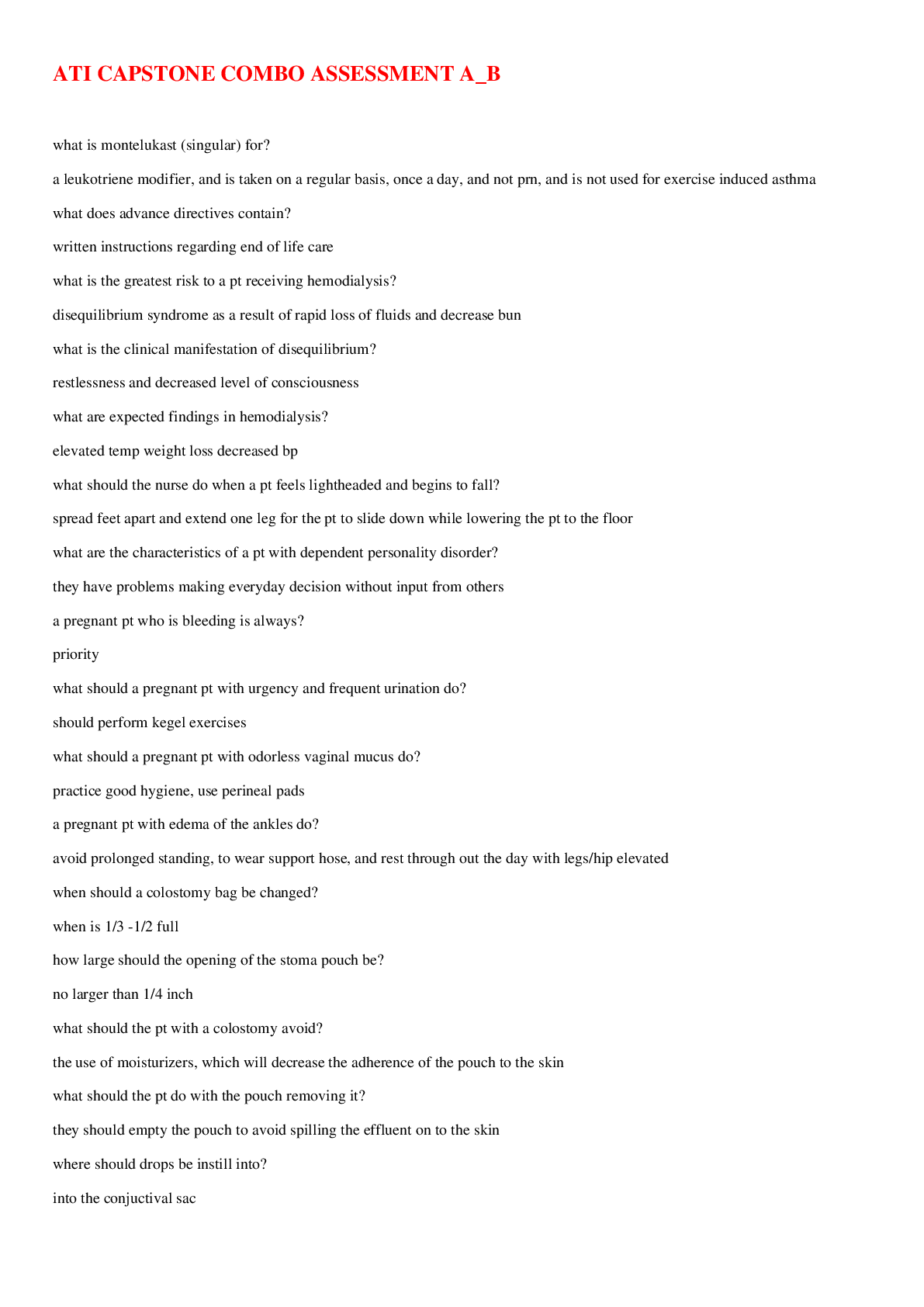
.png)

